“When everybody thinks alike, nobody is thinking much”, is so rightly said. Think out-of-the-box and you potent some innovation or maybe an invention; credits to your gamut. To speak in line with the concept here, swarming population; not always, is a bad idea.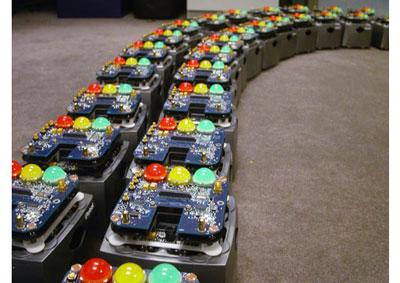

Fig. 1: A Representational Image of Swarm Robotics
How about rescuing some disaster hit zone with swarming intelligent population or maintaining a warehouse with moving, self-operational shelves?? A great idea indeed. Well, this is all about a seemingly new concept of Swarm Robotics. Everybody, in active adolescence or passive maturity may be, must have noticed the movement of ants or similar insects. It is awesomely coordinated and aligned with respect to each other. They accomplish their task collectively by keeping an eye on each other’s movement. This type of coordinated movement in insects is termed as “Swarm” and when this movement is performed by some group of robots then in technical terms it is called as “Swarm Robotics” inspired by colonies of ants and swarms of bees. Simply put, Swarm Robotics is a multi robot system which consists of a large number of simple, physical autonomous robots. It was first coined by Gerardo Beni; professor at University of California and Jing Wang in 1989 in order to impart a notion of swarm intelligence to cellular robotic systems.
Like any other robot, a swarm robot has two main organs; hardware and software. Software is the brain of the system. It gives a simulation environment to the functioning of the robot. In essence, it is the brain of the system. The hardware brings into action, directions simulated by the software. When many such inter-communicable robots are brought to work together, swarming action comes to force.
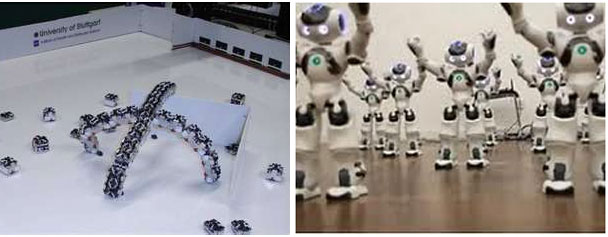
Fig. 2: An Image Representing Swarm Robotics in Action
Introduction to Swarm Intelligence; the wisdom of crowd
Swarm Intelligence is a property of a system or group of systems wherein the members of the group interact locally with each other and the environment in a decentralized manner thereby attaining the desired goal via self-organization. By self-organization we mean the emergence of a global, complex pattern by local level interaction between low-level, simple but autonomous components of the system. The application of swarm intelligence to robotics has conceived to the very idea of swarm robotics. Studies of self-organization in biological species like insects had acted as the biggest inspiration for swarm robotics. Some of the legendary examples are ant colonies, birds flocking, food foraging, schooling of fishes, etc. Let’s have a good look at one of these to find the crux.
Foraging of food by ant colonies: Ants are social insects that do not have eyes or ears. Ants communicate by touch and smell. It sniffs with its antennae to discover whether an intruder is a friend or a foe. They usually set out of their nests in groups for food foraging. Before they leave the nest each day, foragers normally wait for early morning patrollers to return. As the patrollers return and enter their nest, they touch their antennas shortly with the foragers’. Taking this signal as a trigger, the foragers set out for foraging. But not just one contact does the job, foragers require several contacts not more than ten seconds apart before it go out. Foragers use the rate of their encounters with patrollers to tell if it’s safe to go out. So, this is how swarm intelligence works, each ant works on its own using local information and without any centralized control. Even if one or two members accidentally run out of the group, the group dynamics remain unaltered and it goes on.
Not only this but have you ever thought how the ant colony does invades exactly the place you dumped your sweets at? This is because individual ants lay a chemical substance called pheromone which attracts other ants.
This brings us to some special characteristics of swarm intelligence:
· De-centralization: De-centralization means there is no central control or leader for the group. The de-centralization of robots makes the individual robots in a robotic swarm autonomous. It reduces complexity of the robotic system to simpler, miniaturized robots. Advantages of decentralization include Simplicity, Modularity, Load variance, and co-operative and co-ordinate abilities.
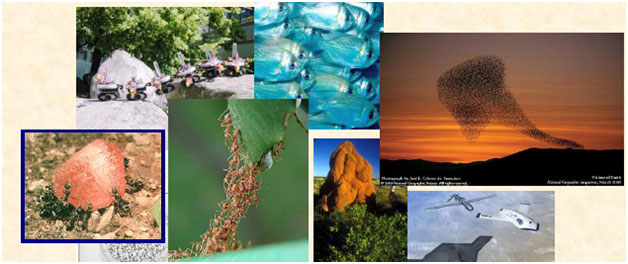
Fig. 3: An Image Illustrating De-Centralization Characteristic of Swarm Robotics
· Self-organization: Self organization gives the notion of emergent intelligence to swarm robotics. That is the paths to solutions are emergent rather than predefined. Emergent behavior is that behavior of the system which is not the property of any of its components but emerges due to the interactions among the components of a system. Self-organization is based on feedback or errors to provide the swarm with flexibility and robustness as in-
o Positive feedback (amplification)
o Negative feedback (for balancing)
o Amplification of fluctuations (random walks, errors)
· Parallel Distribution: The parallel distribution of tasks in the system helps in enhancing its functional capability. Instead of a highly intelligent robot, the functional complement of multiple robots with low-level intelligence has attracted a lot of researchers.
Intercommunication between Robots
Intercommunication between Robots
With multiple robots working simultaneously in a decentralized environment, the primary factor that keeps them bind as a team is inter-communication. Communication between robots can multiply their capabilities and increase their efficiencies. Communication works differently in different robotic systems depending on various factors like type of environment, size of robot, range of transmission/reception, communication area, etc. It is to be noted that the communication or sensing in swarm robotics is limited to local sensing so that the control or coordination among the robots remains distributed (decentralized). Let us first have a general idea for communication using tags. This could be resolved by having tags over each robot. This tags can be anything like for robot one it is ”A” then for second robot it is “B” and so on. In practical world these tags are some binary digits or codes given to each robot. These tags acts as their address and to perform action in coordination, they interact individually through tags. The below figure gives a quick idea of detection—
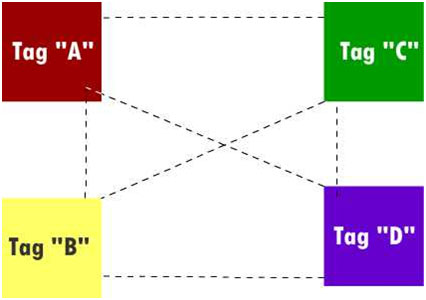
Fig. 4: A Figure Representing Detection of Intercommunication Between Robots
Now if robot with tag “A” gets some fault, other robots can detect the error and will quickly fill up the redundant space. Similarly for different type of usage like robot “C” is getting out of the area, then other robots can address it to be in the particular area. This is how a swarm robot works now there could different ways of utilizing the tagging and detection depending upon the idea and purpose.
Swarm intelligence works under two types of communication namely,
· Implicit Communication (Stigmergy) – It is a method of communication through the environment or by changing the environment. During foraging, in order to find the shortest path to target/nest or for some other task, ants change the environment by placing a chemical substance called pheromone on the way. However, fabricating virtual pheromone in practical swarm robotics does sound non-pragmatic.
· Explicit Communication – Explicit communication is that mode of communication in which the robots directly pass messages to each other. The most common technologies for sending messages from robot to robot in swarms are Bluetooth, wireless LAN or infrared. All of the techniques are unique in some sense and share some trade-offs.
IR Communication -Infrared technology for communication is suited for micro-robots as it consumes quite less power. In addition to communication, IR transmitters and receivers can also be used for proximity sensing, obstacle detection and distance measurement at the same time. The IR technique is most suitable for small distance and Line of Sight (LoS) communication. However, it is not suited for long distance communication and is prone to interference from sunlight and other light source. Infrared communication technology is based on a set of standard rules and regulations (protocols) namely IrDA. IrDA (Infrared Data Association) provides a complete set of protocol specifications for IR communication.
RF Communication– It is needless to mention the hold of RF in the wireless market. RF is used as a synonym for wireless communication. Its range may vary from few metres to thousands of kilometers. It can cross as many obstacles as required and is not limited to line of sight communication. Bluetooth, Radios, Cell phones, Satellite etc are all examples of RF communication. Bluetooth can be used in case of medium-sized robots. Zigbee is a widely accepted protocol for RF communication.
The communication technique only gives the basic conditions for direct inter-robot communication. The message or data to be sent needs to be assigned some specific ID. These messages should be distributed as intelligent as possible through the swarm and therefore a more or less simple routing protocol should be used.
Algorithms
Swarm Robotics Algorithms
So far, we have witnessed some quintessential notions of swarm robotics. In order to implement the notion of decentralization, self-organization, flocking and many others, a lot of research has been done and some control algorithms had been designed, both for real and simulated robots. Some of these algorithms are discussed below:
1. Flocking Algorithm (FA) – A flock can be defined as an aggregation of thousands of individuals/birds in an elegant and organized manner. The FA was given by Craig Reynolds. The algorithm is based on three basic rules simulating which a much organized flock is obtainable. Before taking up the rules let us also consider the prerequisites for its application. The FA is applied for limited computational power and only minimalist swarm robot equipment. Such basic equipment is a set of distance sensors, which are usually used for collision avoidance. Each robot in the swarm emits IR pulses periodically. The first rule in FA is called the collision avoidance rule. Here, the front sensor’s active IR response is checked for obstacle detection. If the recorded observation exceeds the threshold, the robot takes a random turn. If not, then the passive values of all the other sensors are checked for threshold. In case any of the sensors is found to exceed the threshold limit, the robot takes a turn presuming another robot close to it. This rule is called separation rule. The third rule in flocking algorithms is usually the alignment rule which generates the common direction of movement in a flock.
2. Ant Colony Optimization (ACO) – ACO is a very popular algorithm proposed by Marco Dorigo in 1992 in his PhD Thesis. Inspired by the self-organization of ant colony ACO was modeled as a class of optimization algorithm. ACO methods are useful in problems that need to find paths to goals. It is developed from studies of ant behavior when foraging for food, wherein they find the shortest path to and from the source despite the availability of multiple trails. The idea of Stigmergy is undertaken in ACO. The ACO has been successfully applied to Travelling Salesman Problem (TSP).
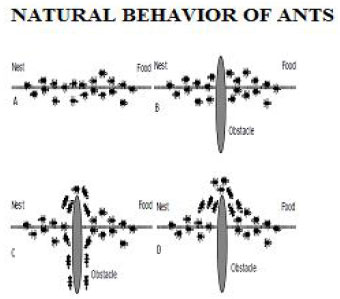
Fig. 5: A Figure Showcasing Ant Colony Optimization Algorithm
Many other popular and successful algorithms have been coined such as Particle Swarm Optimization (PSO), Dispersion in indoor environments, Distributed localization and mapping, Mobile formation, Cooperative hole avoidance and many more.
Applications & Future
Applications and Promising future
Roboticists say the swarms of robots could prove more adaptable and smarter than individual, self-contained ones. Swarm robotics has many applications in numerous domains. Swarm robots can be deployed in areas which are spread in space such as environmental monitoring of lake. The distributed sensing ability of swarm robotic system can provide surveillance for immediate detection of hazardous events, such as the accidental leakage of a chemical. Here is a brief mention to some of the featured swarmbots:
o Swarmanoid- Swarmanoid is a heterogeneous swarm robotic system capable of operating in a fully 3-dimensional environment. Swarmanoid comprises of heterogeneous, dynamically connected, autonomous robots of three types; eye-bots, foot-bots and hand-bots. Eye-bots are specialized in sensing and analyzing the environment from a high position to provide an overview to the rest. Hand-bots are specialized in moving and acting in a space zone between the one covered by the foot-bots (the ground) and the one covered by the eye-bots. Foot-bots are specialized in moving on rough terrain and transporting either objects or other robots.
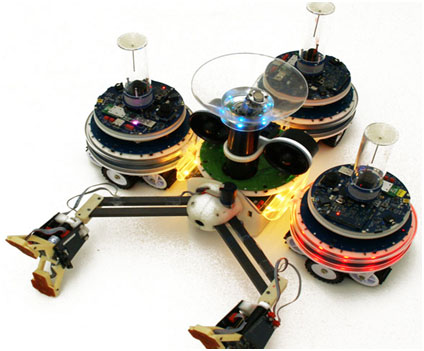
Fig. 6: A Representational Image of Swarmanoid Robotic System
o Alice micro robot swarm– Alice is swarm robot developed by Gilles Caprari at the Autonomous Systems Lab. These cubical swarm robots form a bit huge army of 90 robots working together. Its simulation was done in WeBots simulator. Alice has an IR based proximity sensor to detect obstacle, it also has IR remote to control them manually. Other complexities have been added to this swarm systems like linear camera, Grip modules etc to increase their capabilities.
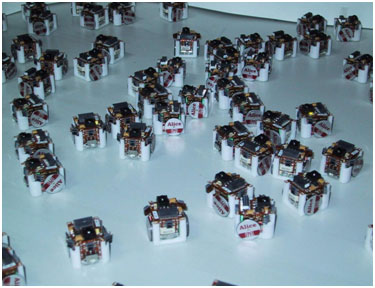
Fig. 7: A Representational Image of Alice Micro Robot Swarm System
o Kiva Systems- An inspiring analogy to swarm robotics
Kiva systems is a company which uses mobile robots for warehouse automation. It fulfills its orders by making inventory items come close to the warehouse workers rather than vice versa. A computer cluster keeps track of all robots and racks on the floor, and resource-allocation algorithms efficiently orchestrate their movement. This system helps Kiva in completing their orders at a faster pace. It is an innovation, indeed a revolution in the warehouse distribution system. This idea of using mobile robots for inventory management was conceived by Mick Mountz, a graduate from MIT and Harvard.
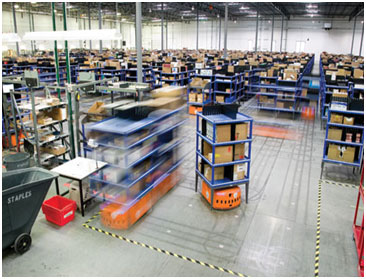
Fig. 8: An Image Showcasing Kiva Systems using Mobile Robots for Warehouse Automation
Warehouse floors at Kiva are laid with two-dimensional barcodes in a grid at a distance of 1 meter. Robots navigate the warehouse by pointing cameras at the floor. The robots relay the encoded information wirelessly to a computer cluster that functions both as a dispatcher and a traffic controller.
Well with so many proven advantages and many more to come, swarm robotics offers us a very promising future. Swarm of robots could one day be exploring space or doing dangerous jobs on earth. Researchers say, with swarm robots life would be much easier to just design simple robots and allow them to organize themselves.
The grounds are laid for us to think, to think out-of-the-box and innovate. Stays inspired and keep yourself motivated, for the future first begins in your mind.
Filed Under: Articles


Questions related to this article?
👉Ask and discuss on Electro-Tech-Online.com and EDAboard.com forums.
Tell Us What You Think!!
You must be logged in to post a comment.